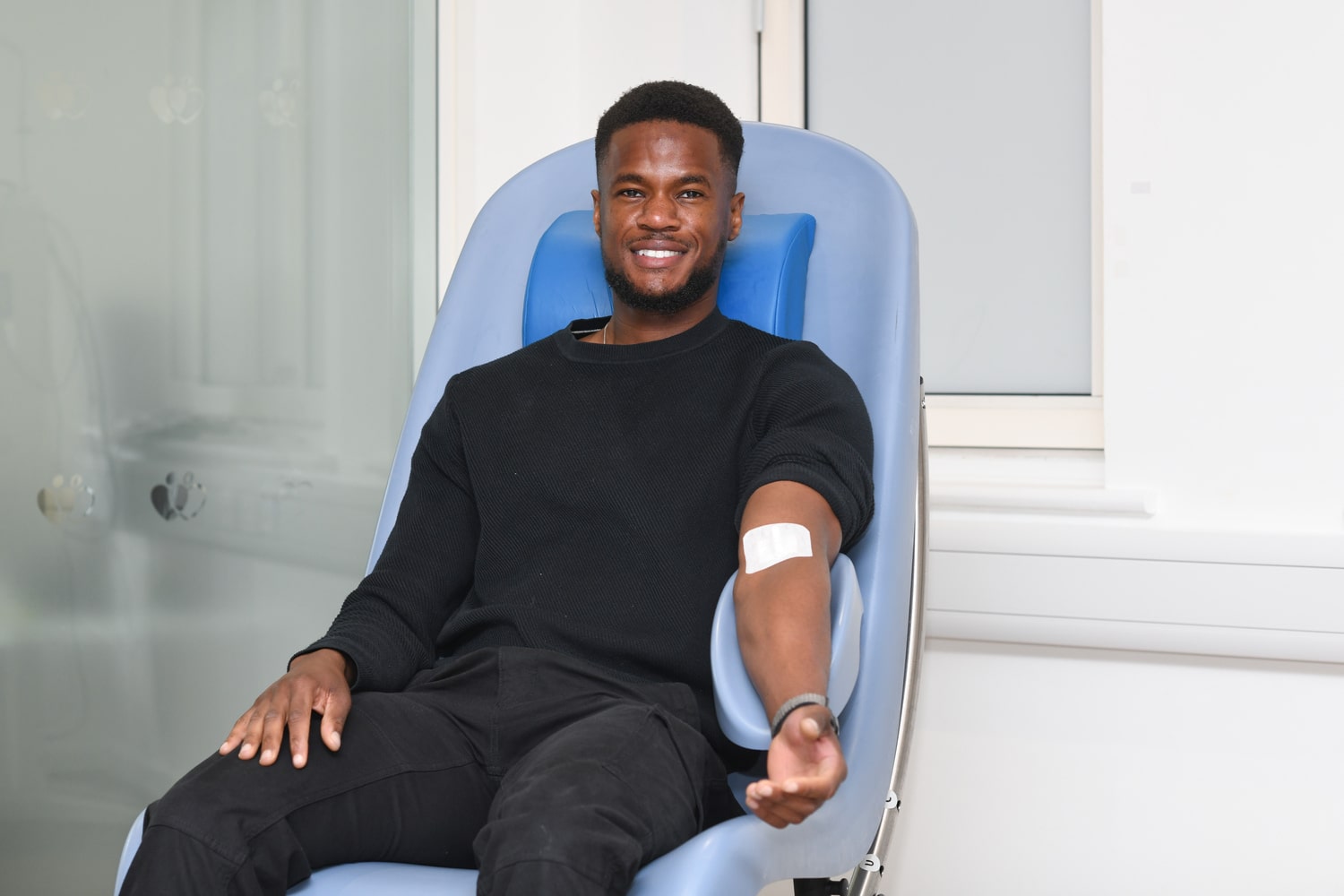Ro blood
What is the Ro subtype and why is it important?
Ro is a rare blood subtype that plays a crucial role in the treatment of sickle cell disorder.

Why Ro blood is important
The Ro subtype is extremely rare and helps people living with sickle cell to enjoy more normal lives. The closer the match between a donor and patient, the better the transfusion outcome.
- Only 3% of regular donors have Ro
- 47% of Black heritage donors have Ro
- Demand is increasing each year
Without enough Ro donors, patients may receive blood that is less well-matched, this increases the risk of complications.
Why demand for Ro blood is increasing
More people are living longer with sickle cell disorder thanks to advances in treatment. That means more patients need lifelong transfusions and each transfusion requires precisely matched blood.
Demand for Ro blood is rising by 10 to 15% every year. Without more donors, we can't always provide the best match quickly enough.
Finding out if you have the Ro subtype
You usually won’t find out blood type or subtype until you give blood for the first time.
Every unit is tested in our labs, and if you have Ro, we’ll let you know after your first donation.
Are you an Ro donor?
Because of your special Ro subtype, you can call us on 0300 303 2737 where our priority bookings team can help you find an appointment at the best time for you.
